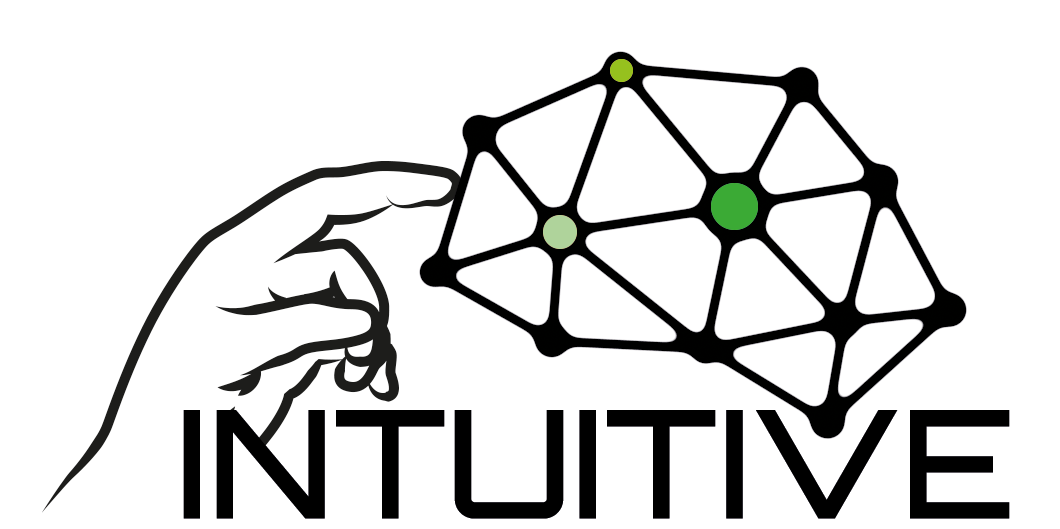High bandwidth tactile based sensory augmentation
ESR6
Objectives
In this project the fellow will merge existing technology in form of the feelSapce belt with beyond state-of-the-art tactile stimulation techniques. Usability studies will be performed with 20 healthy young subjects and an equally sized cohort of visually impaired. The project will use beyond state-of-the art technology developed by UOS to enhance sensory augmentation techniques Specifically we will use, in addition to single frequency pressure vibrations, AM multifrequency vibrators able to generate sheer forces. This drastically enhanced bandwidth will be used to relate information on orientation in space, distance to obstacles and the dynamics (approach/recess) of the environment.
Expected Results
Implement and test tactile coding o provide rich feedback with a wearable stimulator.
Placement
Host institution: University Osnabrück
Enrolments (in Doctoral degree): University Osnabrück
Supervisors
Peter König, Rainer Stiefelhagen
Presentation of ESR6
PhD defense: To be announced

My name is Vincent Schmidt and I’m from Germany. I am an energetic, ambitious person who has developed a mature and responsible approach to any task that Iundertake, or situation that I am presented with. As a graduate with experience in experimental design, programming, data science and cognitive assessment strategies, I have shown that I am able to work autonomously or in a team, to achieve a certain objective on time and with excellence. My natural curiosity about factors that underlie our behaviour, together with the methodological skills that I have acquired during my studies, contribute to making me a successful researcher
Abstract of PhD goals
The first objective was to improve the design of previous studies on studying the effect of sensory augmentation on human cognition, perception, and behavior/performance. To this end, the PhD student was encouraged to learn about the analysis of neural data in humans, as well as other species such as rodents. Moreover, the PhD student was encouraged to learn about sensory augmentation techniques and underlying technologies. Another aim was to identify potential improvements to the working mechanism of a tactile sensory augmentation device that is used for sensory augmentation of navigation-relevant information, for instance in blind users (https://feelspace.de/). This goal was extended to the Tactonom Reader after a succesful first secondment with project partner Inventivio (ESR 15). Here, our goal was to develop and carry out user studies comparing different approaches to acoustic augmentation (developed by ESR 15). Specifically, to compare their effectiveness in guiding blind users through tactile graphics displayed on the Tactonom Reader.
Results
Deliverable 3.2 Next generation sensory augmentation device
Integration of tactile stimulators in a sensory augmentation device. Design and test mapping of sensory information (orientation, distance to obstacles, dynamics of approach and recess) to degrees of freedom of sensory augmentation device (frequency domain, AM-modulation, selection of simultaneously active tactors (UOS). Usability study and validation of behavioural benefits
Journal Article
Schmidt, V.; König, S.U.; Dilawar, R.; Sánchez Pacheco, T.; König, P.
Improved Spatial Knowledge Acquisition through Sensory Augmentation
Brain Science, 2023
DOI: 10.3390/brainsci13050720
Journal Article
Ramôa, G.; Schmidt, V.; König, P.
Developing Dynamic Audio Navigation UIs to Pinpoint Elements in Tactile Graphics
Multimodal Technol. Interact., 2022
DOI: https://doi.org/10.3390/mti6120113
